The word radish is derived from the ancient Greek for “quickly appearing” or “easily reared”, both phrases which perfectly characterize these speedy marvels. Radishes can be planted in the earliest spring, with some varieties ready to harvest in as little as three weeks.
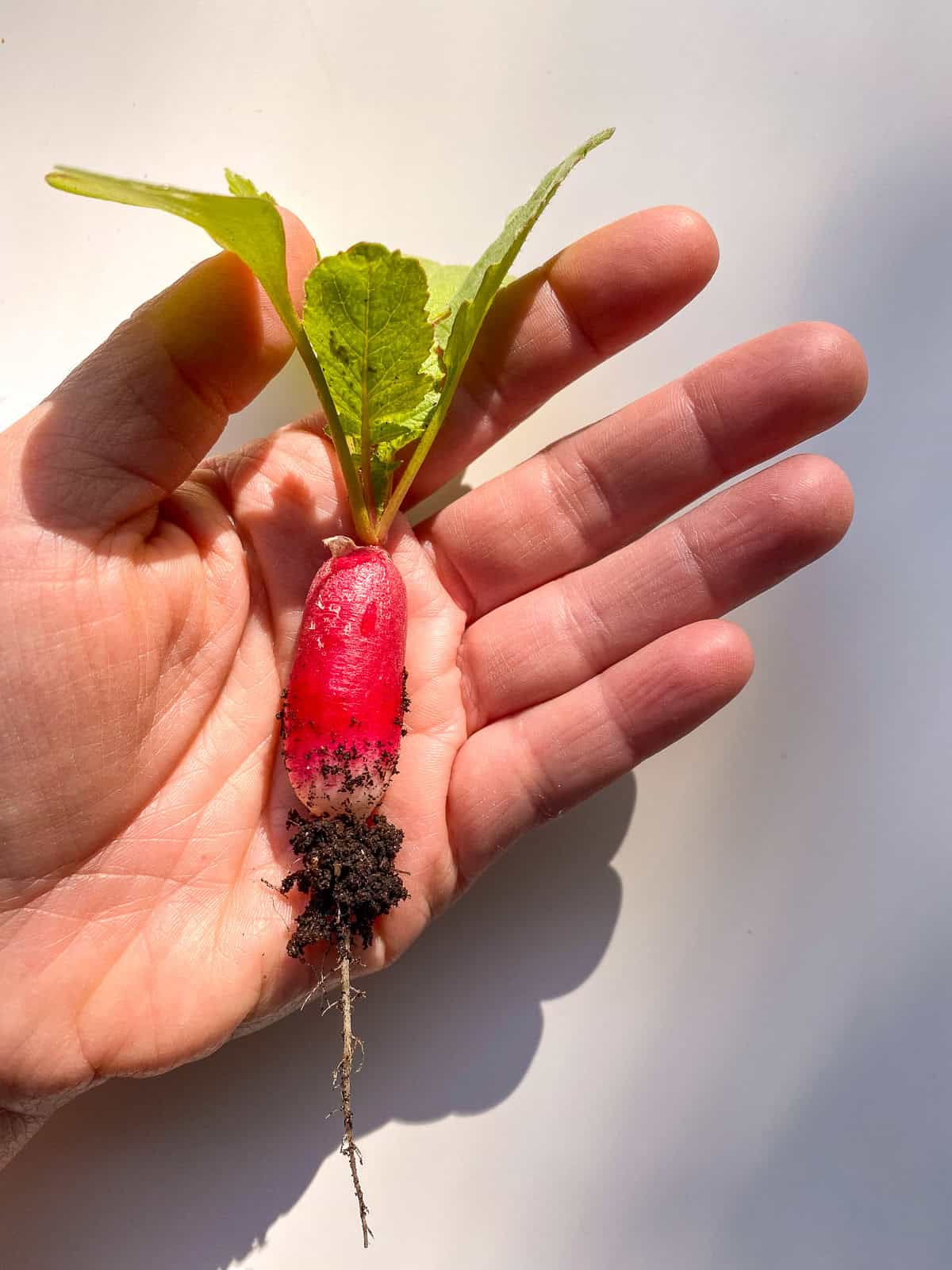
A freshly picked French Breakfast radish.
Even if you only have a small container on a balcony or deck, or a modest corner of your backyard raised beds to spare, radishes are worth adding to or including in your spring and fall gardening. With very little effort, even a small radish harvest gives back delightfully crunchy and quickly growing gems, for your visual and edible delight, as easy to eat as they are to grow.
Jump to:
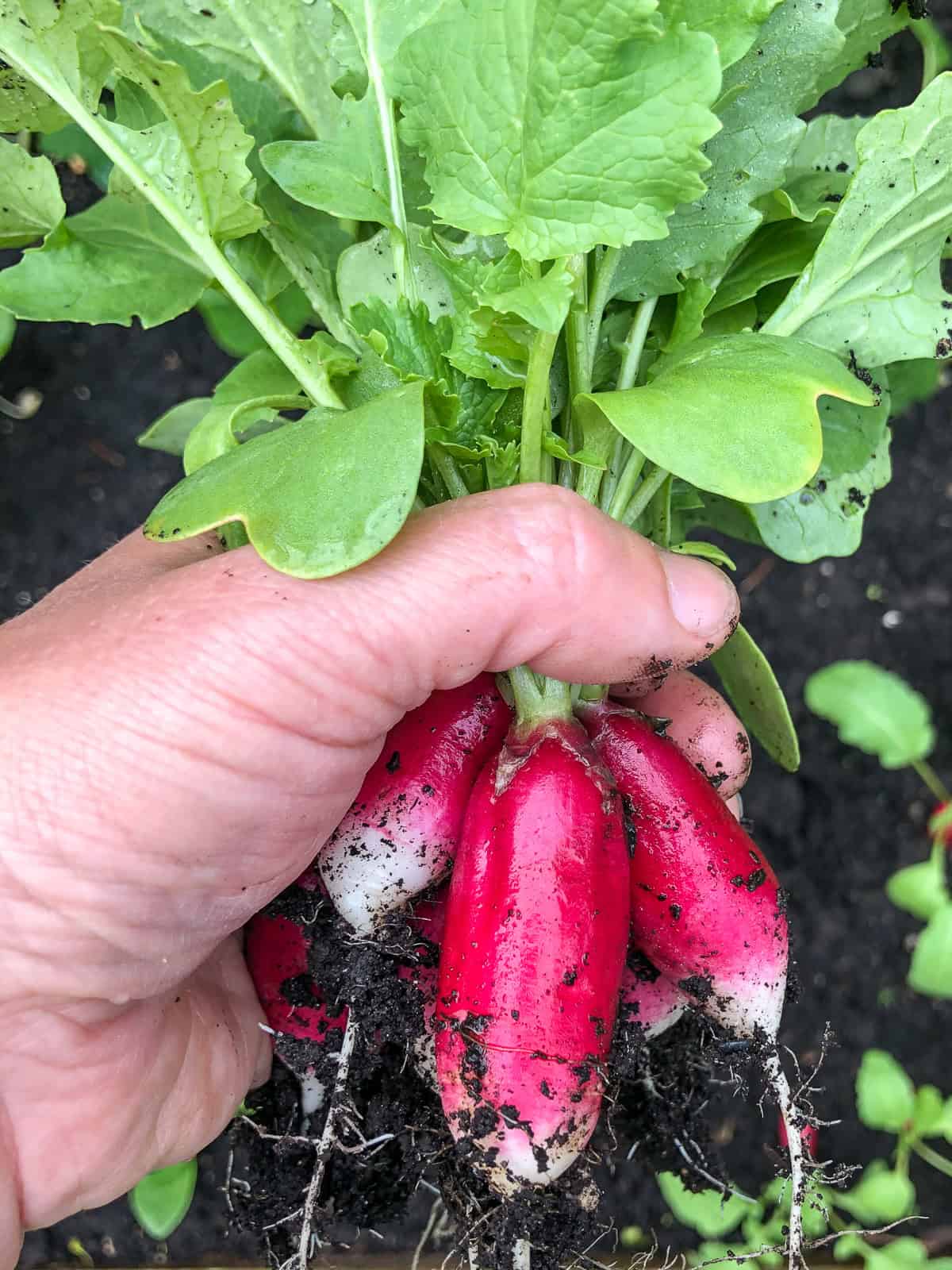
French breakfast radishes just pulled out of the ground.
How to grow radishes
Radishes are cool weather plants that are very easy to grow at any level of gardening experience. In my garden, radishes are one of the first crops of the year in the spring, and again in the cooler days of fall after other plants from the summer have been harvested.
Sown directly by seed into the soil, either into the ground, or in raised beds or containers, radishes pop up out of the earth at astonishing speed. They are easy to plant, require little maintenance other than watering, and they free up garden space for other late spring or summer crops once harvested, making your garden even more productive.
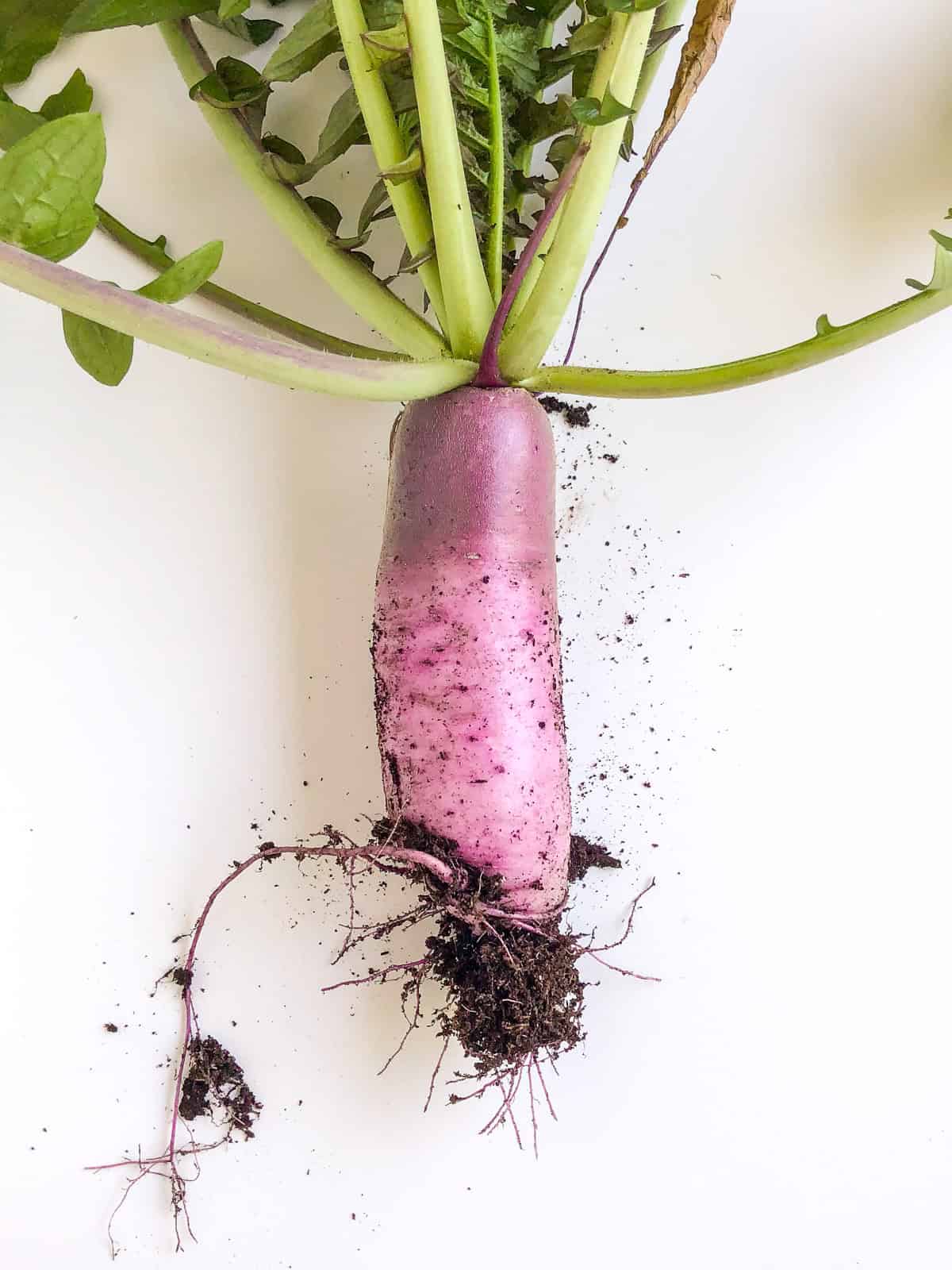
A Mini Purple Daikon radish, a variety first introduced to me at a farmers market.
Varieties
There are numerous varieties of radish, from the long, white Chinese Daikon radish and magenta-hued Watermelon radish, to the round, Red Cherry Belle radish, the variety you might likely find at a supermarket.
Radishes can range in flavour from mild and almost sweet, to pungent, spicy, and zesty. I personally have grown two varieties of radishes that are part of my annual harvests; French Breakfast and Mini Purple Daikon. Both of these radish varieties are crunchy, mild, and sweet, with a hint of that classic radish tanginess.
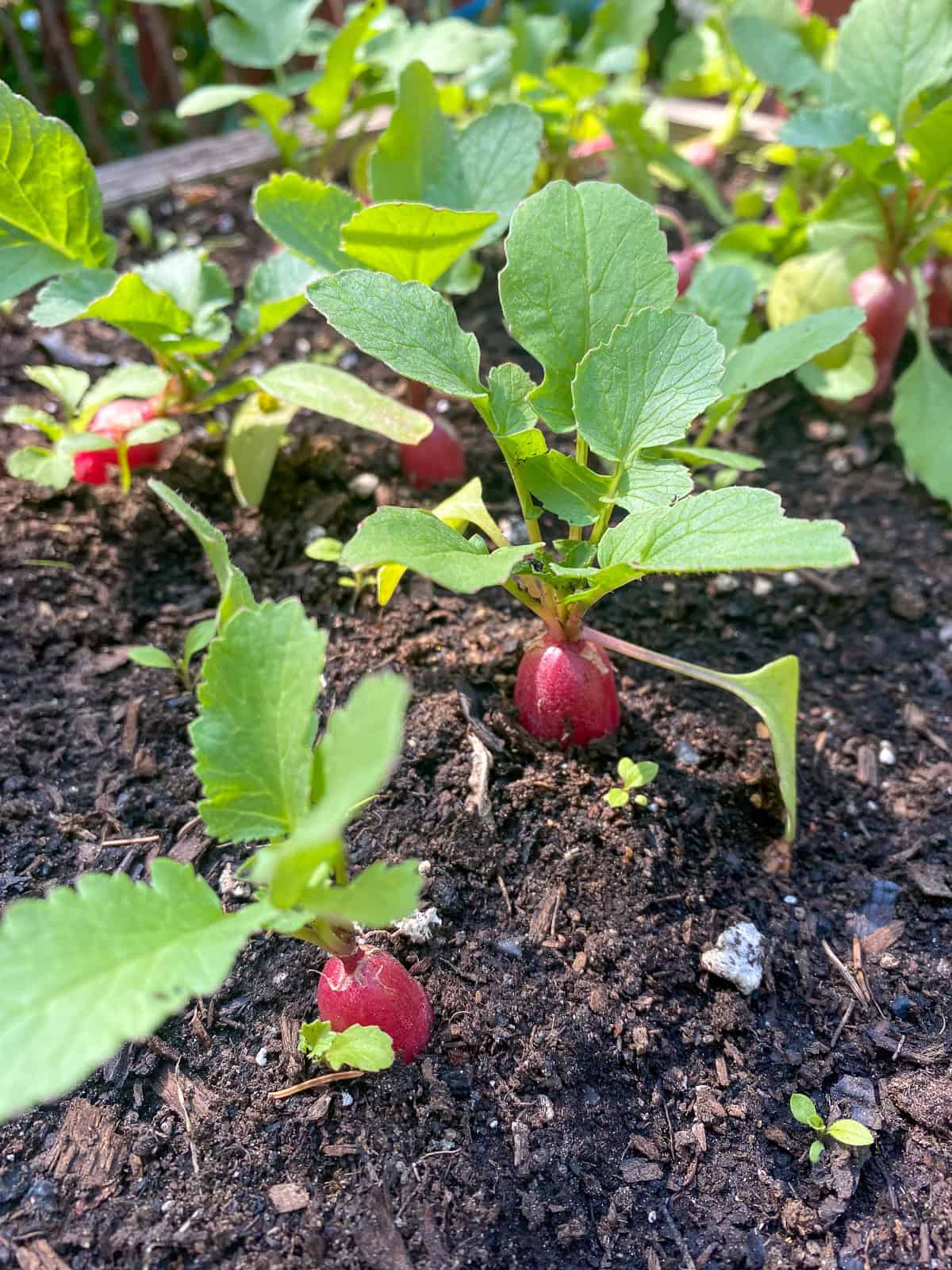
Surprisingly soon after planting French Breakfast radish seeds, the green radish tops start to appear, quickly followed by the rounded red shoulders of the radish itself.
French Breakfast radish
French breakfast radishes have a classic radish look; cherry red on top fading to a crisp white on the bottom. These radishes are mildly peppery and crisp in flavour and grow quickly. I often succession plant these radishes, planting a square foot plot about every week or two so that I have a spaced out and steady supply once the radishes start to mature.
French Breakfast radishes are easy to use in the kitchen as part of a crudite selection, in sandwiches, in salads, and even cooked. These diminutive radishes are lovely chilled from the fridge on a hot day, eaten with the classic baguette and butter. The leafy top are edible and are delicious when cooked and added to other greens in recipes such as Garden Fresh Furikake or Green No-Sausage Rolls.
I also love to eat radishes in the garden right after harvesting. First a quick wash with the garden hose, and then a quick dunk in some chilled, salted water provides a refreshing and frankly exultant gardening snack. There is truly nothing quite like eating something that you have grown, mere moments after it is taken from the soil.
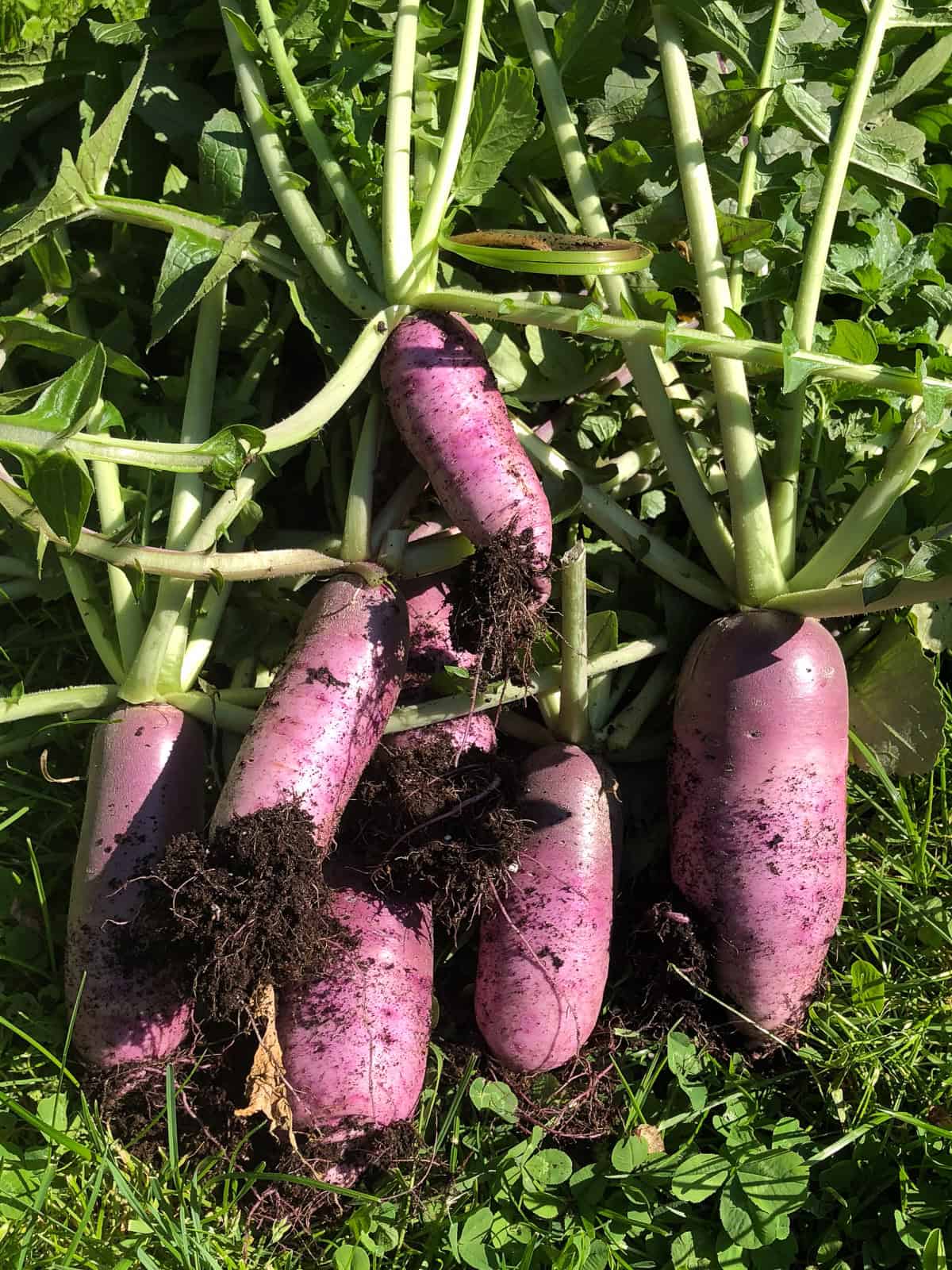
Freshly harvested Mini Purple Daikon radish, with the edible greens still attached.
Mini Purple Daikon
Like many of my gardening favourites, I was first introduced to Mini Purple Daikon radish at a farmers market. I was so taken with its pink purple skin and mild, streaked white inner flesh that I knew I had to grow them myself! Luckily the seeds are readily available, and these gorgeous radishes are just as easy to grow as other small varieties.
Like French Breakfast radishes, I also succession plant Mini Purple Daikon so that my harvest is spread out. As much as I love radishes, there are only so many you can eat in a week (perhaps)! I love these radishes for their mild flavour, their crisp yet juicy texture, and especially for how beautiful the slices of radish are when cut displaying a jewel like interior. As an added bonus, Mini Purple Daikon have a large sets of leaves, making for a generous secondary harvest of greens for cooking once the radish is harvested.
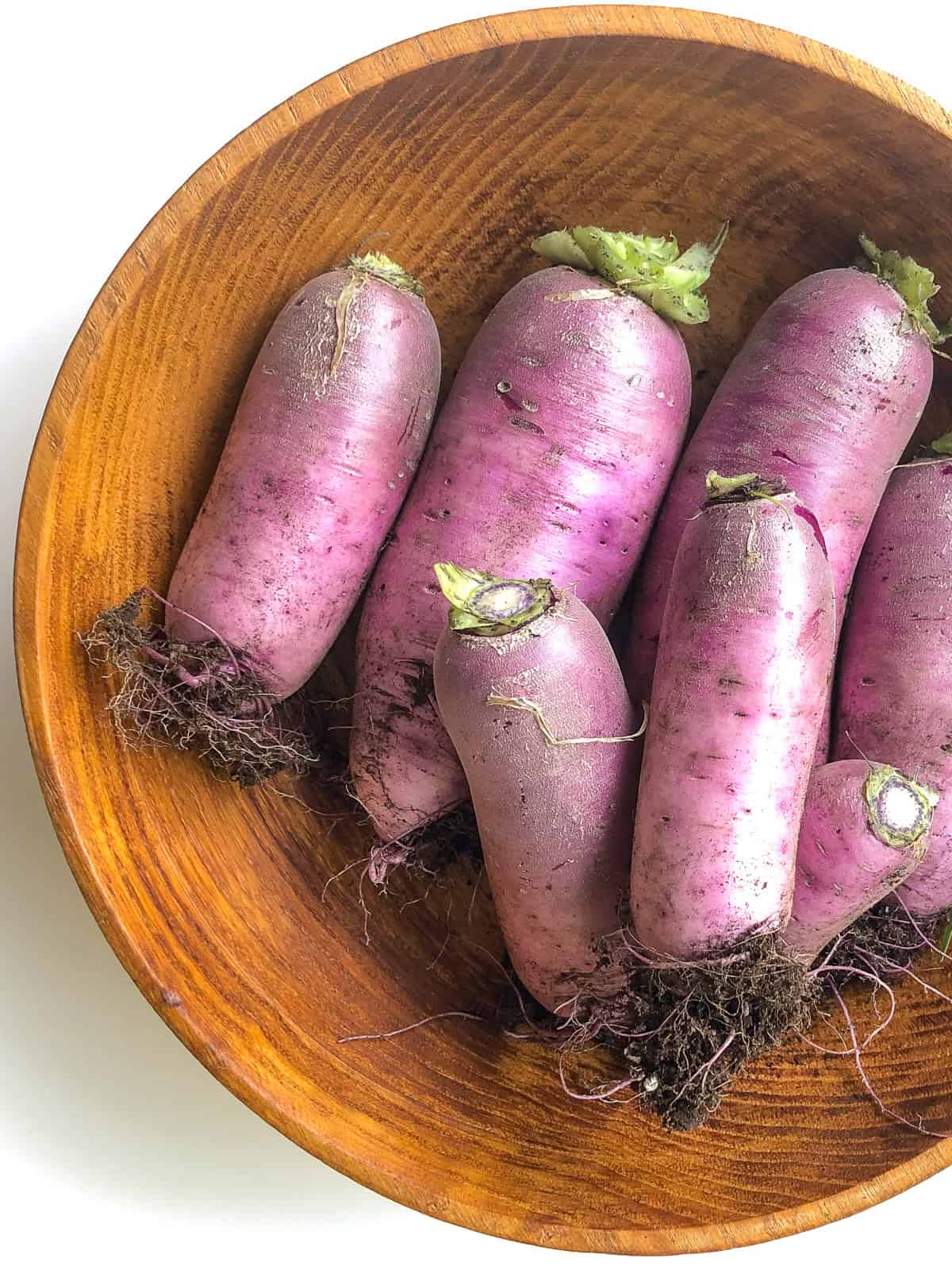
Just picked Mini Purple Daikon radishes waiting for their edible destiny.

Gorgeous purple stained white flesh makes cut Mini Purple Daikon radish a visual and edible joy to add to any salad.
Pods!
So many plants can be harvested for more than their typical main crop. In the case of radishes, the root, which is the radish itself, is the main event. The greens are often overlooked and can easily be used as any other cooked leafy green would be. And as it happens, there is a third harvest possible to derive from the radish plant; the seed pod.
At some point during the hot weather, a radish plant, if left unharvested in the ground, will bolt, sending up tall stick like greens that feature multiple seed pods attached at the end. Pods harvested while still green and unopened will provide a pungent, juicy, and crunchy delight that tastes strongly of radish. These pods are often pickled and used in drinks, salads, or as a garnish, and there are many recipes online if you want to try this little experiment. You can of course also let the seed pods mature and save the seeds for planting next year, something on my to-do list!
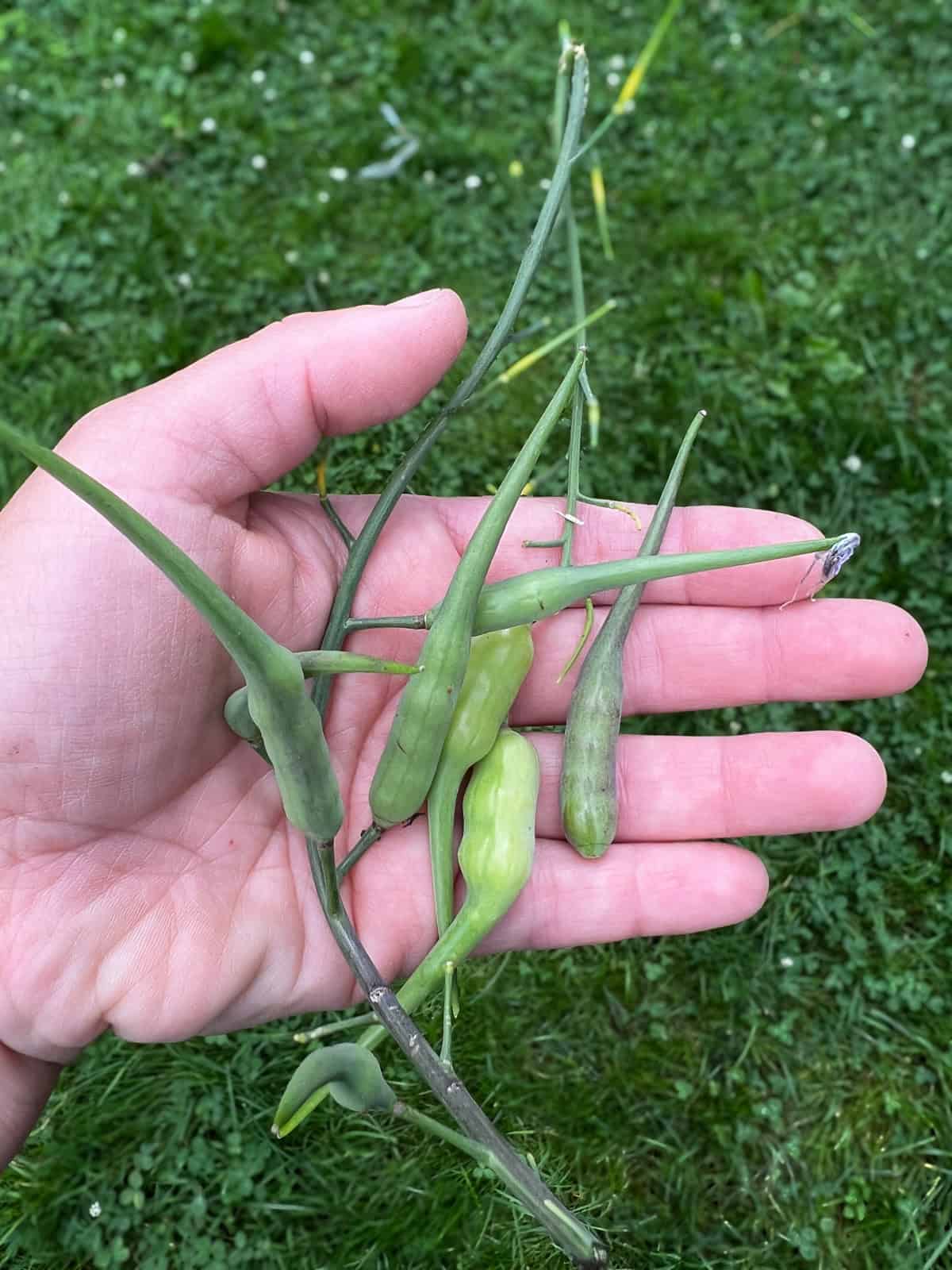
A handful of harvested radish pods.
Availability
Usually only a few varieties of radish are sold in mainstream supermarkets, although you will certainly find more diverse varieties at stores that stock ingredients for Chinese, Indian, Japanese, Korean, and Southeast Asian cuisines. Farmers markets are a dependable place to find other heirloom radish varieties, and often health food and natural food store produce sections will stock an expanded selection.
Resources
Radish seeds are readily found almost anywhere vegetable seeds are sold; for more diverse varieties, try an online specialty vendor such as my favourites here and here.

Radishes make a lovely, crip, and refreshing addition to meal of Garden Fresh Furikake and Essential Baked Tofu Cubes.



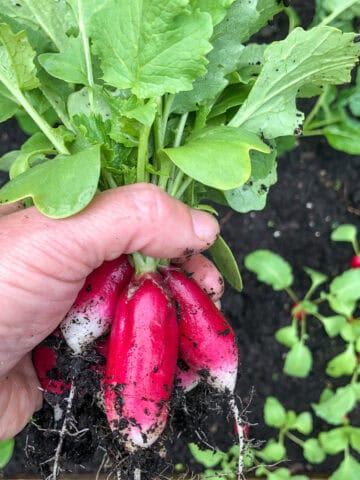

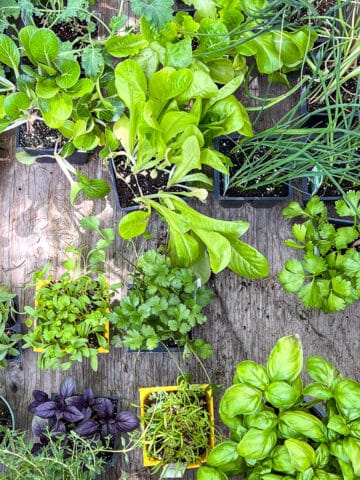
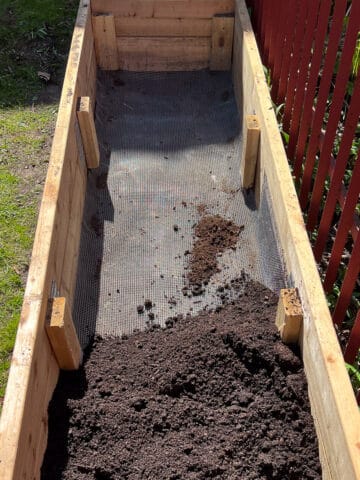
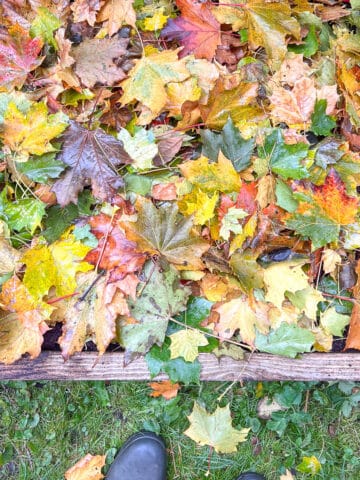
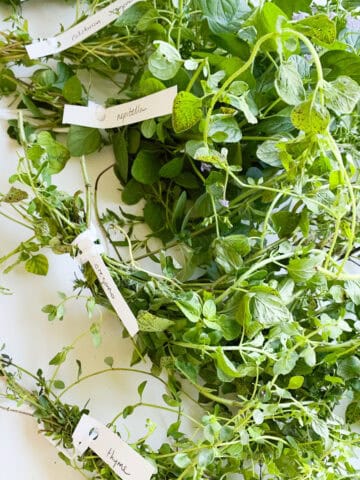
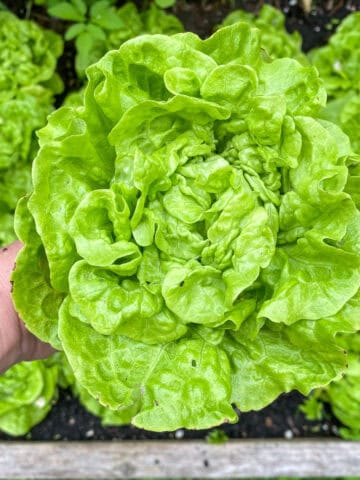
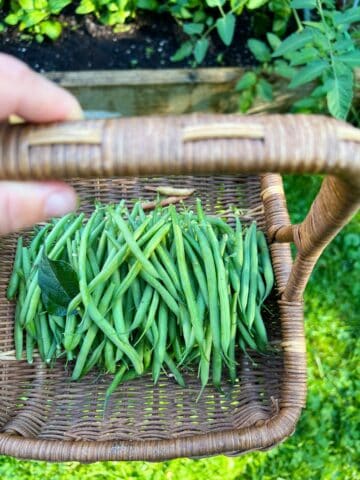
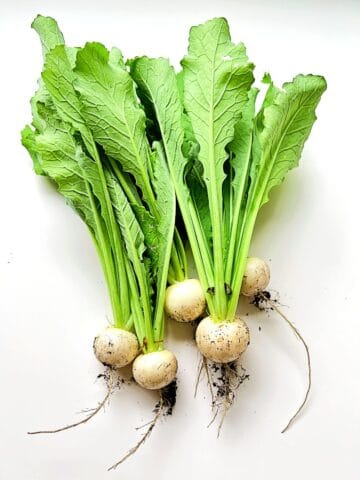
Leave a Reply